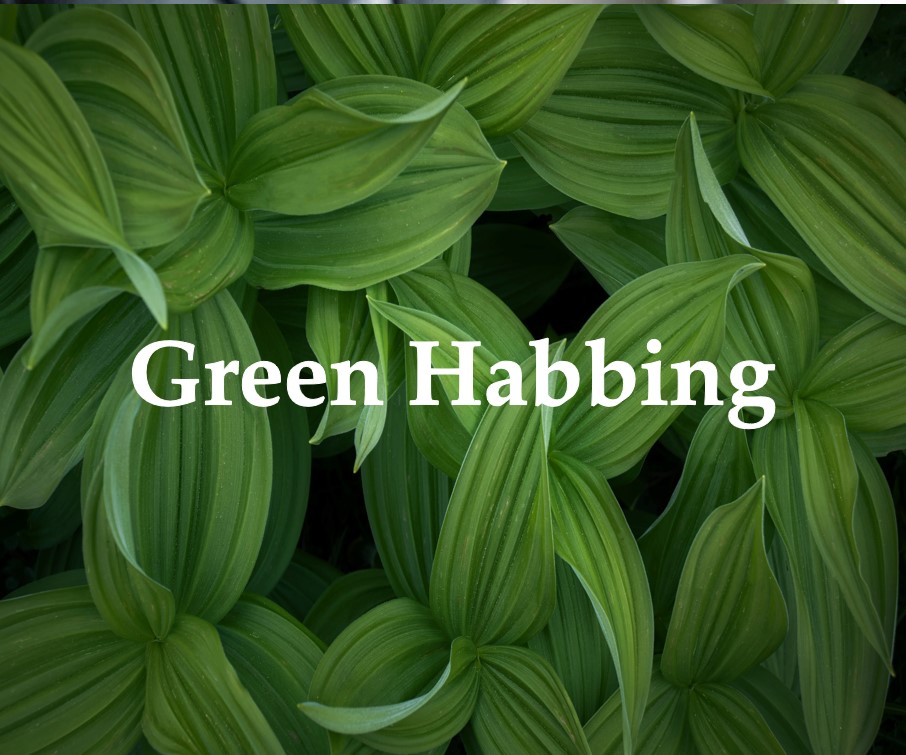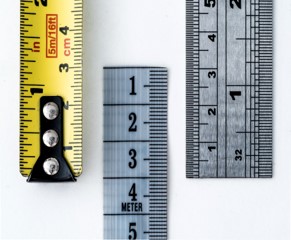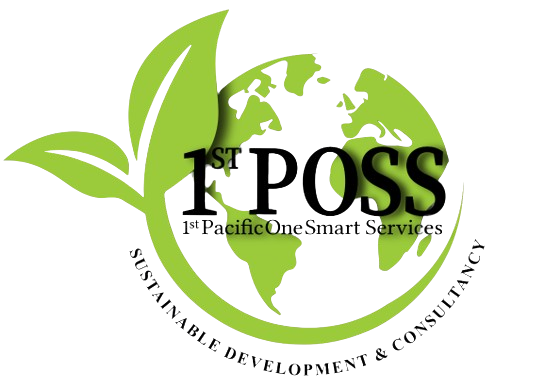
Green-habbing or Green Retrofitting
As we have seen in the past few years, the issues that have created our global climate change such as resource depletion and environmental degradation continues to be in large part due to the various human activities and one of the major contributors is the building and construction industry.
1stPOSS Sustainable Development Services are devoted to providing access to “Green Building’ and making ‘building Green’ with ‘construction & renovations, of existing building. Contributing to Sustainability means looking at what it takes to make building “High-Performing Building” that are resourceful and resilient. We focus on benefits such as water management and energy efficiency, using sustainable, local and regional materials that are 3rd party verified. Green-habbing also includes landscaping & storm water management, reduction or eliminating heat island effects, waste diversion and pollution prevention.

When you are building a home, “Utilize the sun”; Orientate a new house for maximum sunshine. Install solar water-heating, and consider passive heating, cooling and lighting options. 1sPOSS can help you with this! You can also insulate the walls, ceiling and under floor to aid heating and save on energy costs. When building or remodeling, always choose non-toxic and sustainable building materials. Source locally, to reduce the environmental impact of transporting them, and check for the sign on the label that’s says Environmentally Safe! When selecting home appliances choose those with high energy-efficiency ratings.
So exactly what is ‘green-habbing’ or retrofitting and are both the same? Rehabbing or retrofitting your home or building with more efficient upgrades with equipment and systems that are more environmentally friendly and energy efficient. The focus is on “energy efficiency. and resource consumption. This is your own contribution to the environment total greenhouse gases. (Read more about carbon footprint on this website) Once that is established, turn to your ‘home’ or ‘building’, which by far is the biggest contributor.
Energy usage by large, old buildings represents a huge obstacle to ‘cities’ and ‘individuals’ seeking carbon neutrality. However, retrofitting old buildings to make them more energy efficient represents a formidable challenge, both from an engineering perspective and in terms of convincing owners that doing so in their financial interests. Items such as windows receiving additional pane of coated film that helps to reduce heat gain in the summer and heat loss in the winter, cost can rise quickly. However, these items will play a part in attracting high-value tenants that have fattened the bottom line. “There is no silver bullet’ or any single item that will accomplish the overall goal of achieving ‘energy efficiency’ but rather lots of different pieces that all work together.
1st POSS has a program or checklist of innovative new green retrofit solutions. At first look, it might not seem like the owners of some of more recently constructed buildings, less than 40 years, should need to be retrofitted. But in Los Angeles, where we have a relative ‘younger’ stock of existing buildings, than our east coast places, the ever-presence of carbon emissions require their owners to reduce their energy usage. And we at 1st POSS, “WE GET IT’! It’s costly!
When evaluating your “Retrofit’ project we look at: 1. Site location,2. Building architecture, 3. Materials use in the original construction 4 Structures soundness and performance, 5. Water usage, 6. Landscaping and site drainages in all areas including plumbing 7. Electrical, and its functions, 8. Properties management, construction and operations. Our ‘retrofit’ evaluation seeks to identify areas and indicators that will qualify it a building that is energy efficient or not. We compare your building to others like it across the nation and here in California using both national and local data, use as a benchmark guide of a ENERGY SCORE.
At 1st POSS we will consider first the most appropriate survey and assessment as well as the key identifiers before undertaking these activities. Keeping in mind the for longer term retrofit goals and short-term priorities will remain our focus in the assessment process. Our ‘Green Habbing strategy will identify the best method for reducing the total carbon dioxide emissions, electrical and water use, and aligned them the other factors such as building comfort for its occupants.
Lighting Efficiency indoor
Lighting Efficiency outdoor
Air Ventilation
Windows
Heating and Cooling Equipment
These are just a few of the areas that will allow help you to determine your ‘building’ suitability and improvements necessary for a “Green-Retrofit or Green-Habbing!
Buildings that were built decades and even some recently, do not conform to what is considered today, as being environmentally friendly. Essentially ‘green-habbing’ means helping to make those legacy buildings conform to today’s environmental standards while maintaining systems that are in-place currently that are serviceable and functional and usable. Some examples of green-habbing, are heating and ventilation upgrades, plumbing improvements, replacing appliances to high efficiency models, which are rated “Energy Star’, however, the ‘building envelope’ is a major portion of the project. Protecting sensitive ecosystems, recognizing and fulfilling the client’s needs, creating a strategic plan for development, are all done early in the ‘site’ assessment and locations’ evaluation procedure. Our goal here at 1stPoss is to find the best possible “location” that exactly fits your strategi plan.
Evaluate & Improvement
The building envelope is everything that separates the internal building from the external environment, including the roof, doors, windows, floors and walls. It helps facilitate climate control and protect the indoor environment thereby saving energy by preventing the transfer of heat in or out of the building.
A building energy consumption, which includes the lighting and ventilation and the required energy to heat and cool the building, are all related to the ‘systems’ that make up the building envelope.
Embedded in almost all legacy or older buildings, is the fact that these buildings were not built with the same technology or systems in mind, therefore ‘older building’ will not be energy efficient as today’s buildings.
Today’s building envelope systems and materials are tested in a laboratory for structural performance prior to being used in certain climates and conditions, and they add value to your building.
Result
When buildings are constructed with less waste and lower toxins it contributes to an overall heathier living environment and minimize strain on your local infrastructure. The impact of your efforts on local energy, water and waste agencies is reduced, again, contributing to a ‘better quality of life’!
And when you switch to energy-efficient lighting and adjust your lighting timing to fit the demand, your long-term electrical costs, improves. Implementing and focusing on these improvements can reduce these expenses, however, as with most ‘upgrades’ these improvements are realized as annual savings as opposed to quicker, short-term costs reductions. Consider these facts when making your decisions about investing in “Green-habbing’ or ‘Retrofitting’ along with your intended impact.
